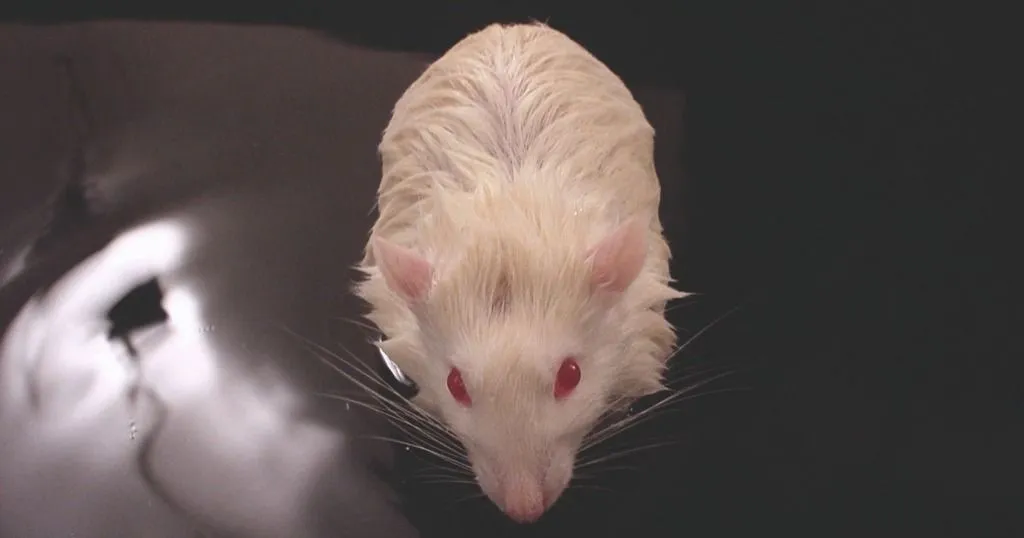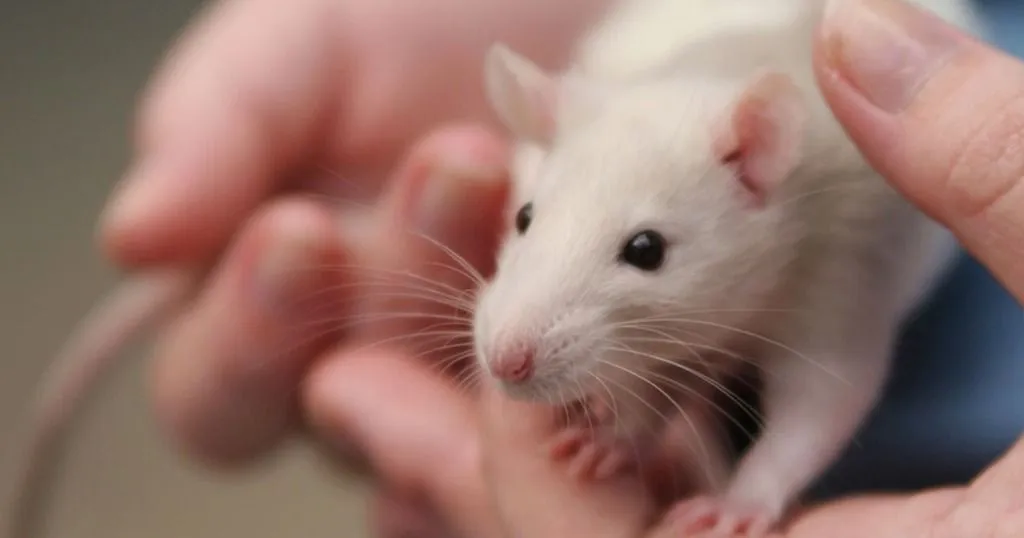Mice with Alzheimer’s disease walk well but remember poorly
A large number of genetically engineered mouse models are available to study different aspects of Alzheimer’s disease.
Posted by
Published on
Thu 18 Jul. 2013
Topics
| Alzheimer's Disease | Elevated Plus Maze | EthoVision XT | Exploratory Behavior | Locomotion | Mice | Morris Water Maze | Novel Object Test | Open Field | Video Tracking |

Modeling Alzheimer’s disease
A large number of genetically engineered mouse models are available to study different aspects of Alzheimer’s disease. APP/PS1 knock-in mice are mice in which two genes associated with the disease are inserted at a specific place in the genome. Much is known about the development of the disease in these mice. But until recently, there was less detailed knowledge on behavioral changes in APP/PS1 knock-in mice that are associated with the disease.
Alzheimer’s disease and symptoms
It is very well known that Alzheimer’s disease affects the memory of people. But the disease can also affect other behavior. People with Alzheimer’s disease may be more anxious, can be depressed and can lose initiative and interest when the disease proceeds. Locomotor deficits may also occur, like a lower walking speed and a more variable stride rhythm.
Behavioral testing
To determine what behaviors are affected in APP/PS1 knock-in mice by the progressing disease, Webster et al. carried out a large number of standard tests with mice of 7, 11, 15 and 24 months old. Laboratory mice have an average life span between 1.5 and 2.5 years. To see whether locomotor behavior was affected, they used a rotarod, performed a grip strength test, a beam walk test, and analyzed the distance moved and velocity in an open field test. To test whether anxiety was affected, they analyzed the time spent in the center of the open field and performed an elevated plus maze test. The authors also carried out a radial arm water maze with platforms in three of the arms, to investigate spatial memory. In addition to this, they did a novel object recognition test to investigate recognition memory.
Automating standard tests
EthoVision XT video tracking and analysis software was used for the open field test, the elevated plus maze test, the radial arm water maze and the novel object recognition test. EthoVision XT automatically analyzed the distance moved, velocity, time spent in different zones and the time the nose of the mice was in proximity of the objects.
Locomotor behavior and anxiety
The locomotor behavior was not affected in any of the test that focused on that behavior. Also no effect on anxiety was found in the open field test, or the elevated plus maze test.
Spatial and recognition memory
In contrast to the lack of effect on locomotion and anxiety, the memory was clearly affected. This effect depended on the age of the mice and therefore the severity of the disease. APP/PS1 knock-in mice of 7 month performed equally well in the radial arm water maze test as the wild type mice. However, knock-in mice of 11 months old made more errors than wild type mice of the same age. This effect became larger when the mice were older and the disease progressed. The APP/SP1 knock in mice also failed to show interest in novel objects in the novel object recognition test. But this effect only became apparent when the mice were 15 months old.
Selecting the correct model
The results show that only memory is affected by the disease in this mice model. Spatial memory is affected at an earlier stage of the disease than recognition memory. This is in agreement with results of other studies and with other Alzheimer’s disease models. However, in other models in some cases also locomotor behavior or anxiety is affected by the disease. The authors conclude that none of the currently available mice models shows all symptoms related to Alzheimer’s disease. Researchers should therefore carefully select an appropriate model for their specific research question.
References
Webster, S.J.; Bachstetter, A.D.; Van Eldik, L.J. (2013). Comprehensive behavioral characterization of an APP/PS-1 double knock-in mouse model of Alzheimer's disease. Alzheimer's research & therapy, 5(28), doi:10.1186/alzrt182.
Related Posts

Can caffeine prevent Alzheimer's?

How researchers use the Morris water maze to find treatments for Alzheimer's

